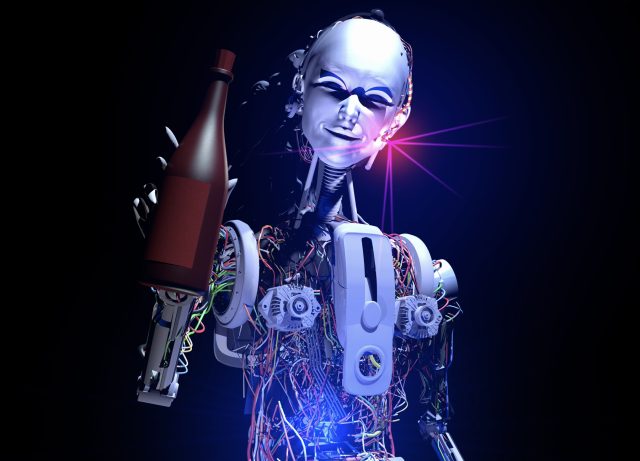This website uses cookies so that we can provide you with the best user experience possible. Cookie information is stored in your browser and performs functions such as recognising you when you return to our website and helping our team to understand which sections of the website you find most interesting and useful.
AI could be the answer to stopping wine fraud
Researchers have created an AI tool able to detect wine fraud by tracing compounds found in the wine back to specific châteaux.

New research being published in Communications Chemistry uses gas chromatography, an analytical technique used to separate and detect the chemical components of a mixture, to trace wines back to their origin.
The technique was used by researchers to analyse 80 wines harvested over 12 years from seven different estates in Bordeaux, France.
Gas chromatography is often used to find individual compounds, and can be implemented to distinguish one wine from another. In this case, however, the technique was used to create a reliable signature for each wine. Wines with similar signatures appeared close together on a 2D grid created using AI, making it obvious which wine was from which château.
According to The Guardian, Professor Alexandre Pouget at the University of Geneva in Switzerland, said the AI was able to recognise specific châteaux based on the clusters of compounds. He said it was able to map each “chemical signature specific to each château, independent of vintage”.
He said: “It’s the overall pattern of concentrations of many, many molecules that distinguishes a château. Each is a symphony: there isn’t a single note that distinguishes them, it’s the whole melody.”
AI used in the programme could therefore be employed to detect fraudulent wines, by detecting whether compounds in the liquid match the origin on the label.
Fraud proliferates the wine industry. Wine fraud expert Maureen Downey recently conducted a masterclass on spotting fake bottles in Singapore, and warned that organised crime groups are getting involved in fake wines.
AI could therefore make the road to uncovering fake bottles and those who produce them much easier. However, one thing the technique struggled to do was to differentiate between vintages. While the program traced wines back to the correct châteaux with 99% accuracy, it struggled to distinguish vintages, reaching a 50% accuracy at best.
Aside from catching wine criminals, AI could be used for quality control throughout the winemaking process, Pouget said.
“We could use this to figure out how to blend wines to optimise quality,” he said.
“Wine blending is the key step in making great bordeaux and champagne. So far, this is done by a few winemakers who are paid a fortune for their skills. Having tools like this would make it a lot cheaper to make great blends, which would benefit everybody.”


